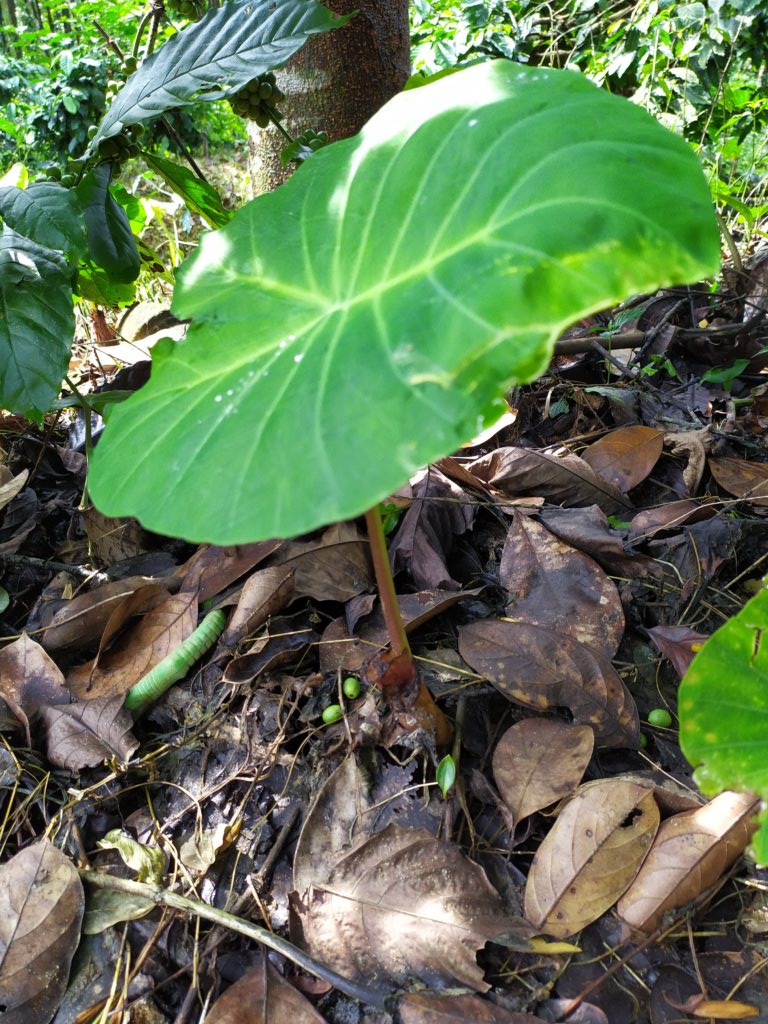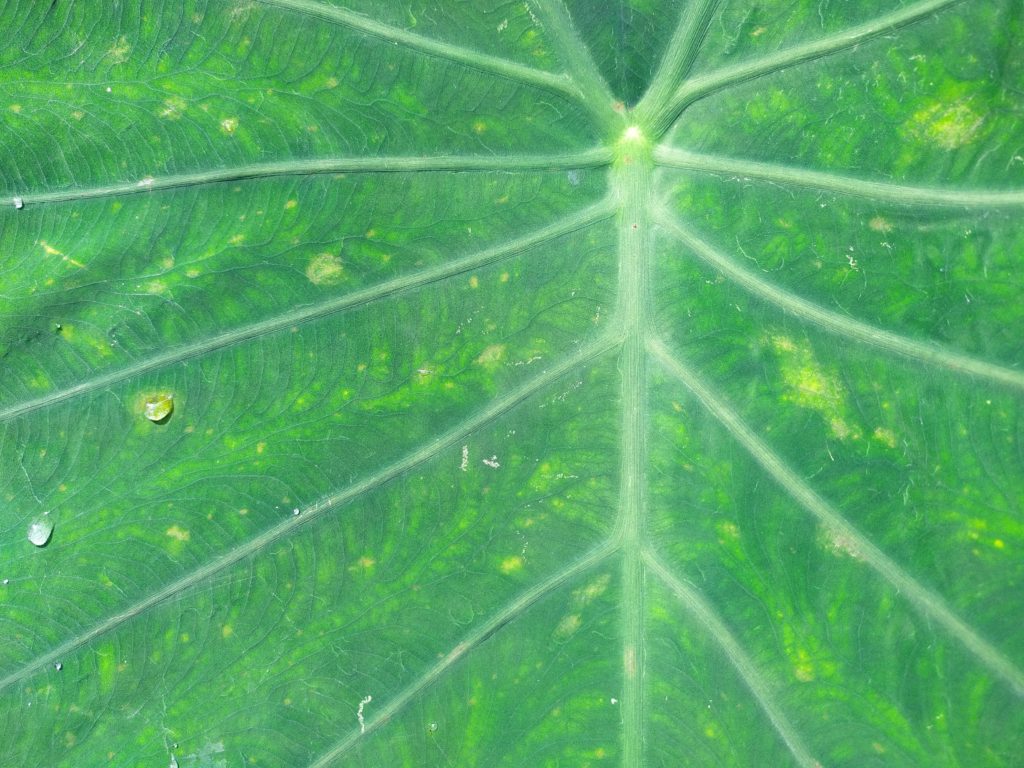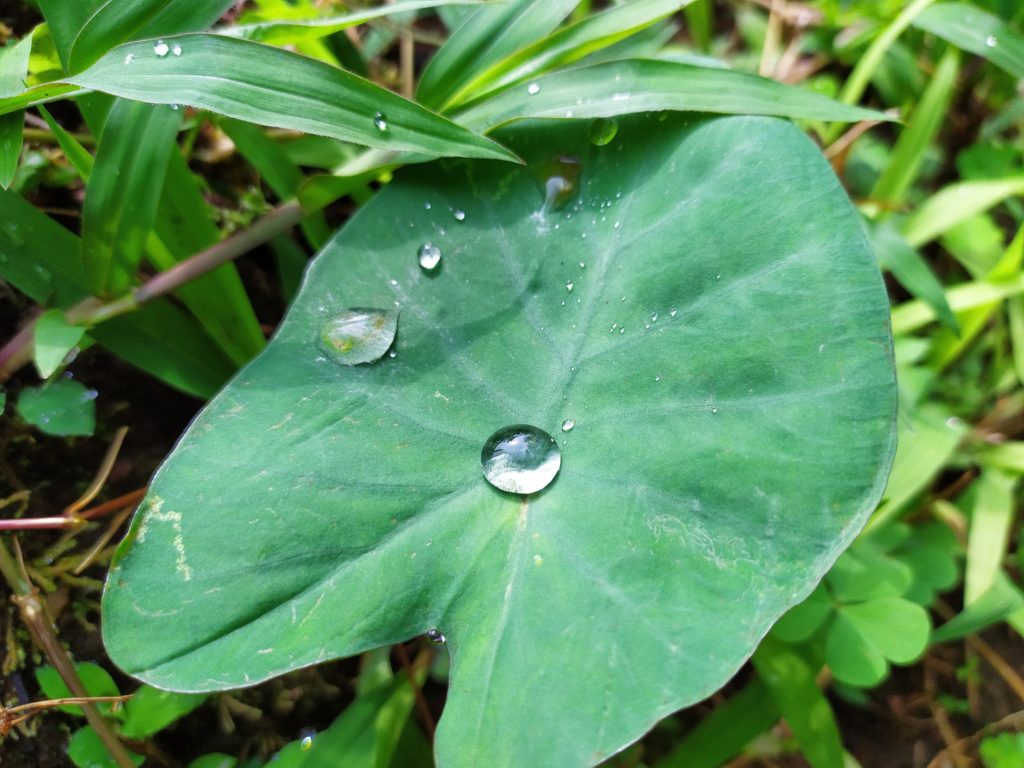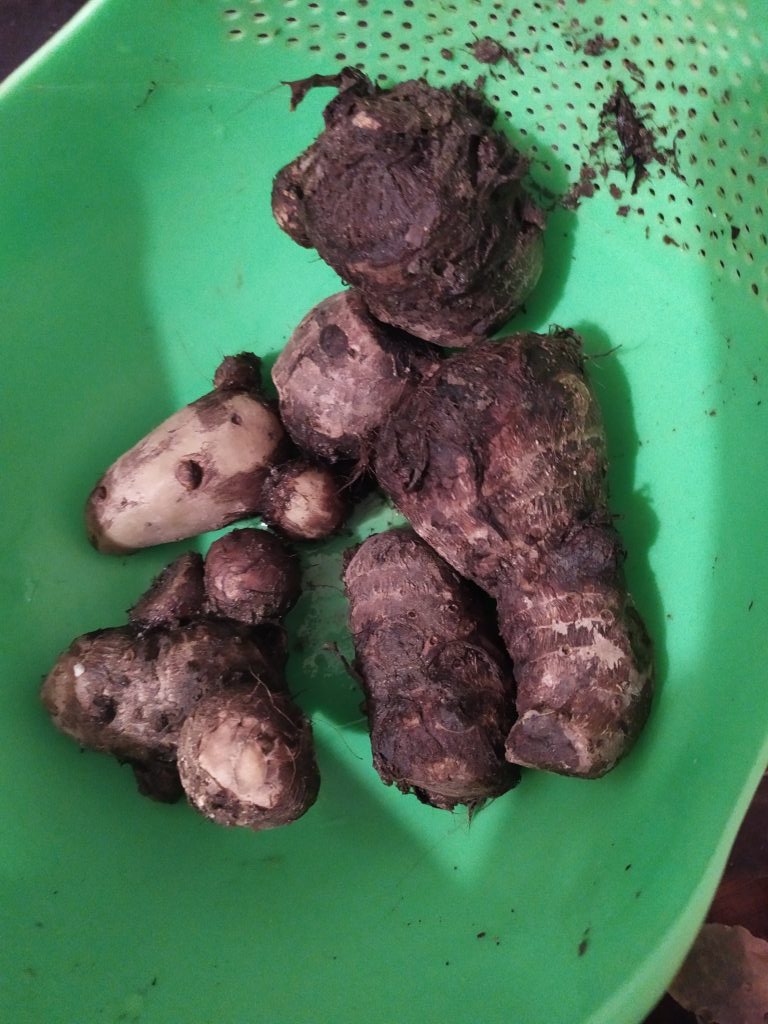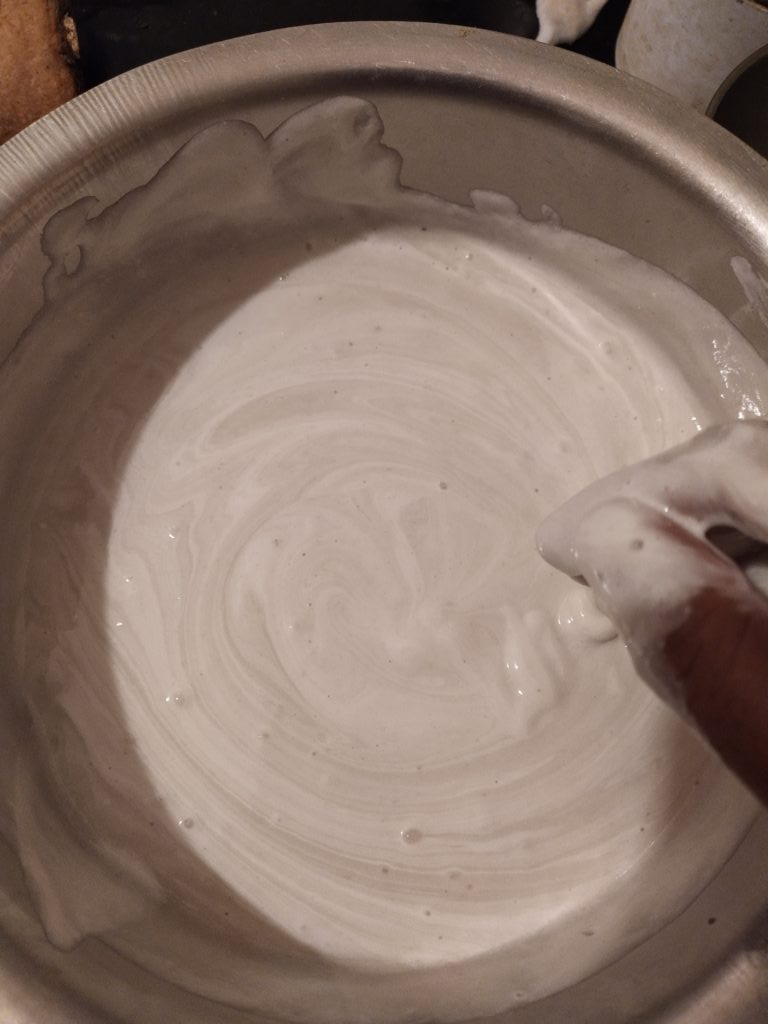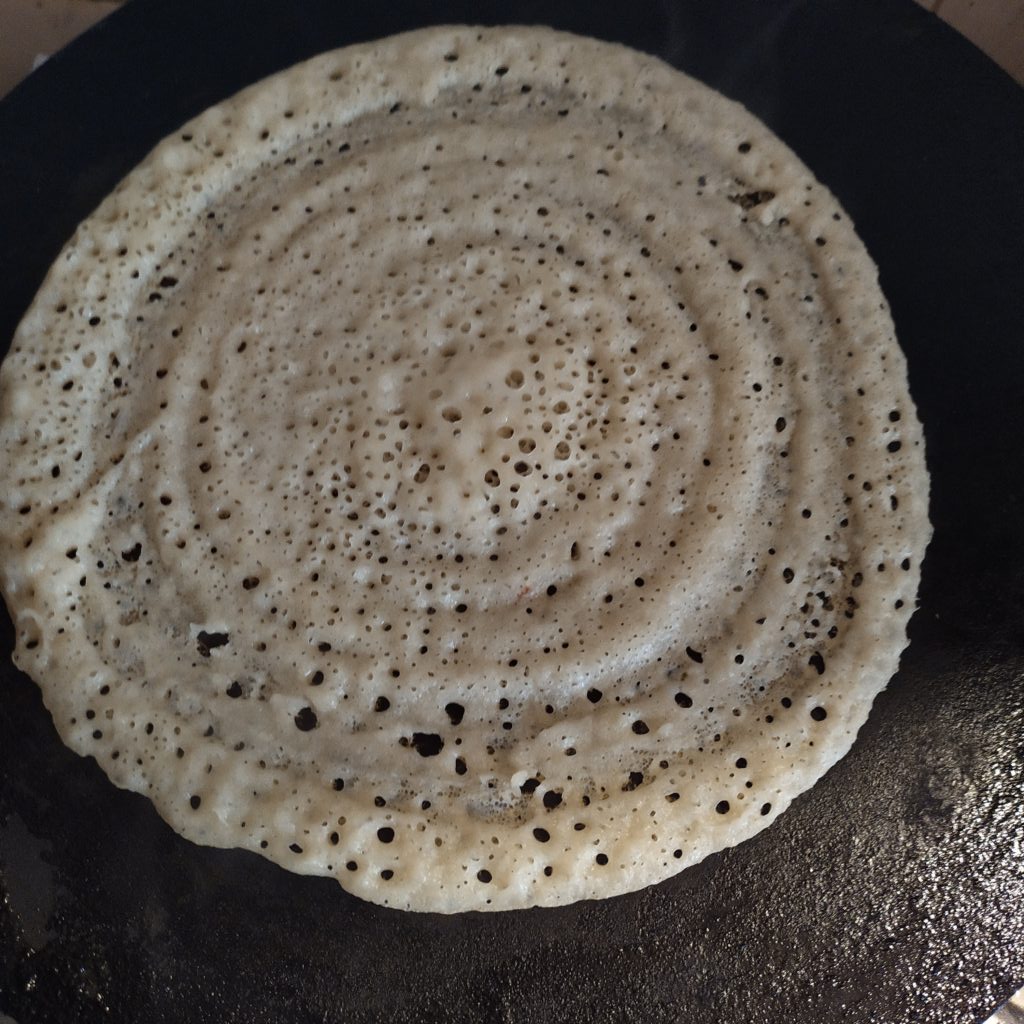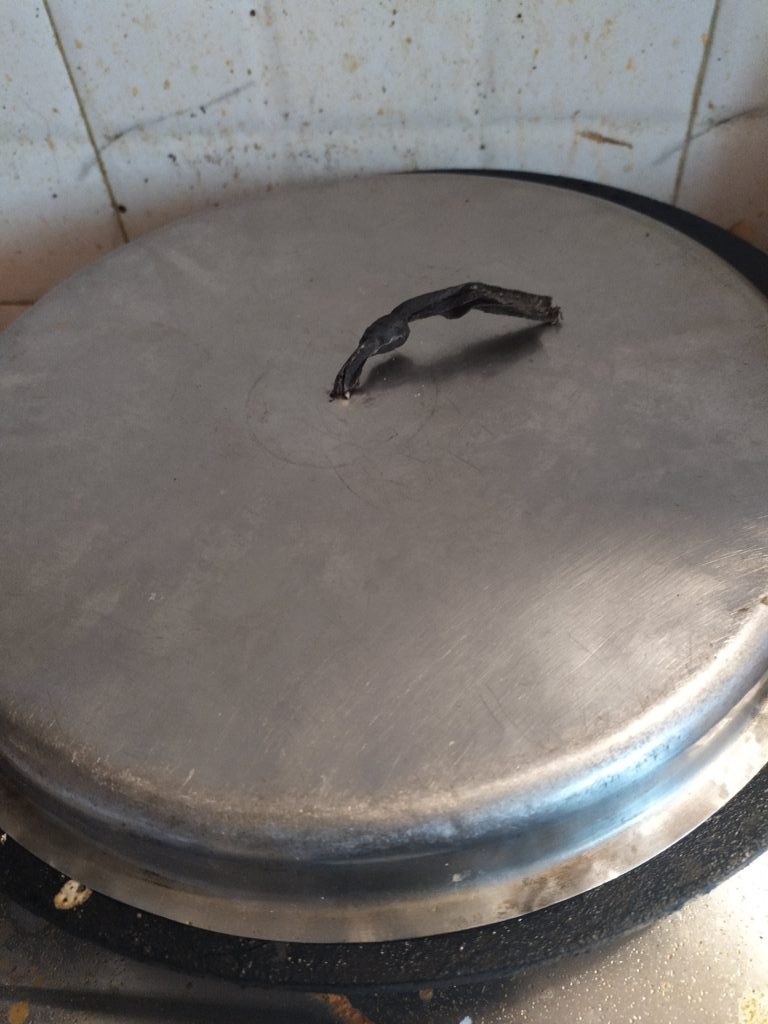The aftermath of a vacation is filled with sadness and sentiments. Packing all the ironed clothes in stacks and ticking the checklist typed in the Memo of my phone. Going back to the hostel after a warm and comfortable stay at home makes me lousy. The smile on my face often gets clouded with a frown. The constant grimace on my face penetrates deep within my mother’s heart and she makes sure to make or bake some snacks for me so that I can vouch on them till my homesickness fades away at Hostel.
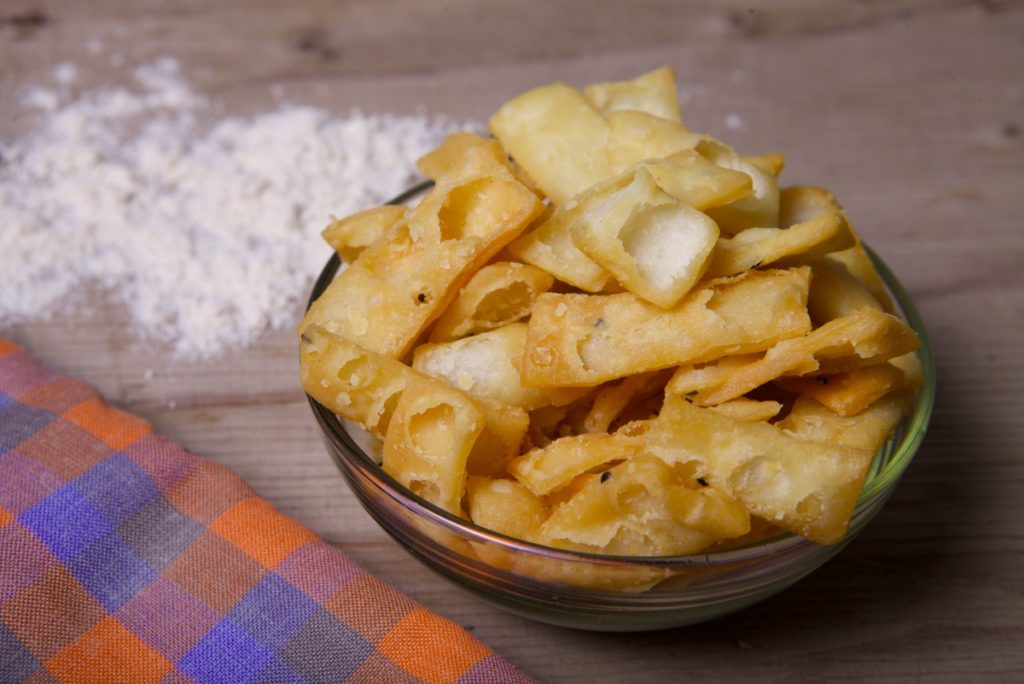
My mother’s cookbook has got a plethora of recipes. But there are two of them which always trail on to my backpack, every time I set for my hostel. That is Namak para. This is an Indian snack which is a true appetizer for chumming up your cravings. Namak para is a readily accessible snack in almost every state of India. The people of Punjab and Uttar Pradesh also refer to it as Mathris. In our Odia household, we call it Gaja or Nimki. Namak para is basically ribbon-shaped strips sliced into bite-sized pieces. However, it is also prepared in the shape of folded triangles and in an uneven rounded up tart.
Namak para is effortlessly available in the market, however, it is an easy recipe to try your hands-on at home. This crisp savory snack is a treat to assert for. Although most of the deep-fried eateries turn out to be greasy, however, these frangible nibbles stay crispy for days long. It is a great assortment to serve your guests with a cup of tea. The ajwain and kalonji zest makes it more flavorsome. The best part about Nimki is that it hardly takes a few hours to garner plates. It can be preserved in air-tight containers for days together to nibble upon with a cup of evening tea. Namak para takes just five ingredients to serve on.
INGREDIENTS NEEDED
- All-purpose flour or Maida (2 cups or around 500gm)
- Carom seeds or Ajwain (1 tablespoon)
- Caraway seeds or Kalonji (1 tablespoon)
- Ghee or oil (3-4 tablespoon)
- Salt (1 tablespoon or as per preference)
- Lukewarm water (As needed)
- ½ liter of Ghee or Oil to deep fry.
THE MAKING OF NAMAK PARAS
- Take around 2 cups or 500gm of All-purpose flour or what we call Maida.
- Add around 1 tablespoon of Ajwain or Carom seeds. It is not necessary to use Ajwain. Nimkis can be made without Ajwain also.
- To it, you can add another tablespoon of Caraway seeds or Kalonji. This is a must ingredient, gives the namak paras an authentic flavour.
- Then slightly heat up around 3-4 tablespoon of Ghee or oil and add to the mixture.
- Combine the ingredients all together.
- Take some lukewarm water and knead a semi-stiff dough out of the mixture. Make sure that the dough is not too soft and not to stiff.
- Cover the dough with a wet cloth and let it rest for around 30minutes.
- After 30mintues are done, take out the wet cloth, knead the dough for about a minute and make two to three balls out of it.
- Take each ball and roll them over until the edges are equal just like a Tawa paratha.
- Take a knife and cut the flattened dough into diamond-shaped pieces.
- Then heat up around ½ litre of oil or ghee in a Kadhai or frying pan. After the oil is hot enough, carefully drop in the diamond-shaped cut pieces of the dough.
- Keep the flame in medium and fry the nimkis until they have bulged up in size and their colour is changed to the lightest shade of brown.
- Take the nimkis out in a sheet of tissue and let them cool down for around 15minutes.
- Your crispy and flaky Namk paras are ready to munch up your cravings.
I just made some hot cup of ginger tea and placed some flaky Namak Paras in a plate. I am all set to have some awesome evening conversation along with my family. These Namak paras make them more flavorsome. When are you making yours?

Neemki
Neemki is this homemade crispy snacks that you can have with a cup of chai while watching saas bahu episode with your amma or while playing carrom with your brother or while gossiping with papa! This Neemki can lighten up any conversations and moments. Time for some chai pe charcha? Go get some Neemki 🙂


